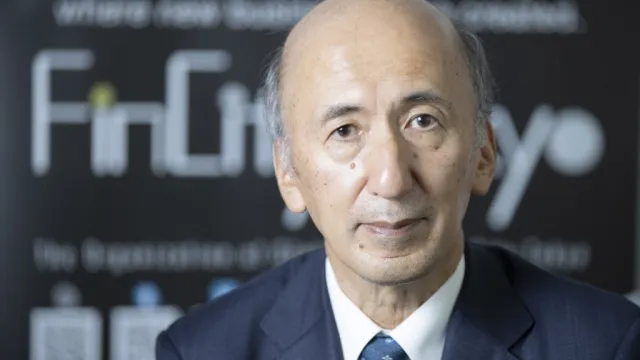
Here's proof that weak leasing demand is not confined to Central district
Vacancy was stable at 5.2%.
According to CBRE, demand in Central remains subdued, inhibiting the number of transactions. Most of the leasing activity this quarter, and indeed this year, was for space of less than 10,000 sq ft.
The net effect has been negative on absorption and some large vacant spaces have experienced very slow rates of take up.
Here's more from CBRE:
Some landlords recognise this and have become more accommodating in subdividing space. The biggest letting this quarter was completed by a serviced office operation, which took up a floor of 14,000 sq ft in Citibank Plaza.
Mainland Chinese firms continued to take up space, but are also of smaller size. For example, a mainland Chinese company took up 2,500 sq ft in Two IFC, and another leased 3,000 sq ft in CCB Tower.
Activity beyond Central also remains lethargic. In Causeway Bay, the surge of activity has decelerated after all Sunning Plaza tenants have found alternative space. The only notable transaction was for LinkedIn, who leased the only remaining floor of over 16,000 sq ft in Hysan Place.
In decentralised districts, the shortage of available space, in addition to the lack of demand, has reduced the volume of transactions.
The incentive for occupiers in decentralised areas to relocate to Kowloon is also becoming weaker given converging rents.
The average vacancy on Hong Kong Island increased slightly by 0.4% in Q3 to 4.2% and have been largely stable this year. In Central, vacancy was stable at 5.2% and unchanged y-o-y. Causeway Bay vacancy fell by 0.6% in Q3 to 3.4%, its lowest rate since Q4 2008, after Hysan Place reached full occupancy. In Hong Kong East and North Point, vacancies remain tight at 1.5% and 1.0% respectively.








![Cross Domain [Manu + SBR + ABF + ABR + FMCG + HBR + ]](https://cmg-qa.s3.ap-southeast-1.amazonaws.com/s3fs-public/styles/exclusive_featured_article/public/2025-01/earth-3537401_1920_4.jpg.webp?itok=WaRpTJwE)









 Advertise
Advertise


